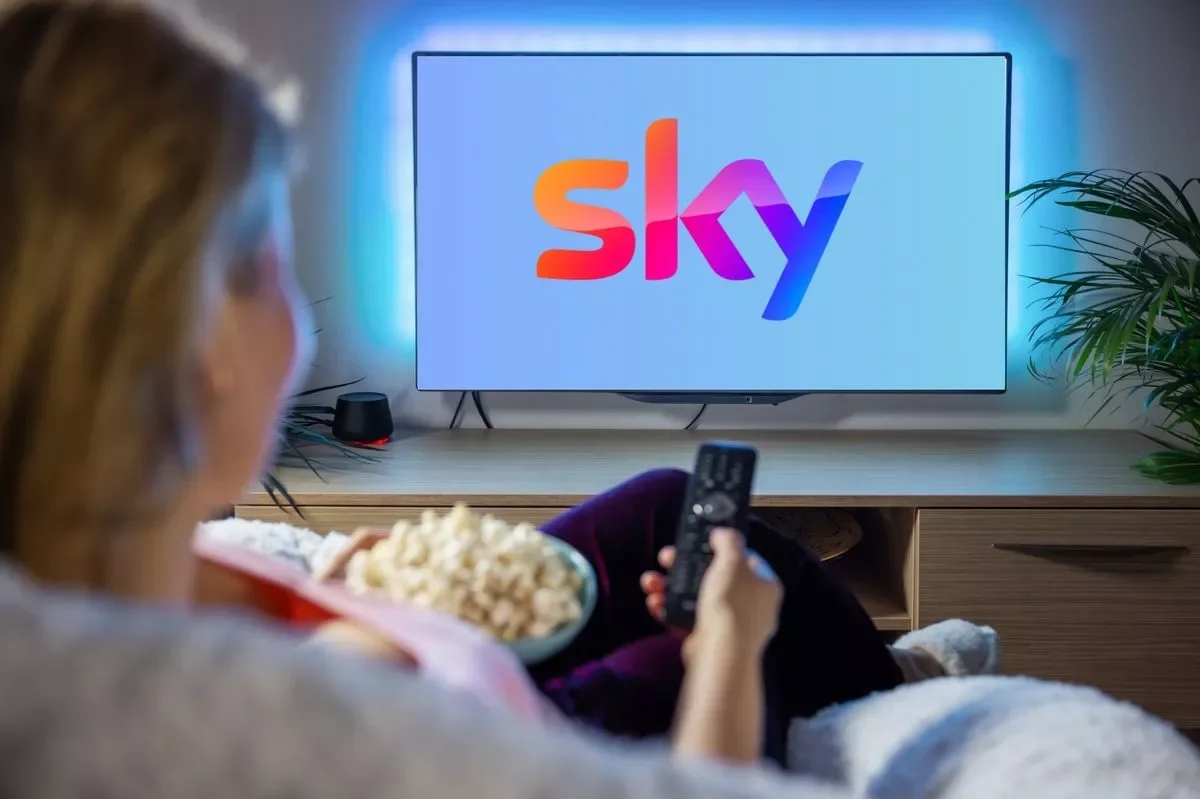Is video the future? 📹 What Instagram’s planned changes mean for advertisers.
Instagram Video
Key Takeaways
Video is now central to social media – From TikTok to Instagram Reels, snackable and authentic video dominates feeds, forcing advertisers to rethink creative strategies.
Authenticity beats polish – TikTok’s success shows that relatable, lo-fi content often outperforms glossy production, a lesson brands must apply when creating video for Instagram.
Balance matters – While video is growing fast, the best results come from integrating it into a broader media mix, aligned with audience behaviour, campaign goals, and creative capability.
The Rise of Video in Social Media
Video has moved from being an optional format to becoming the dominant force across social media. What began with YouTube and Snapchat has expanded into every major platform. The most visible trend is the rise of short, snackable video formats, often temporary or ephemeral, designed for quick consumption.
The trajectory can be traced back to Snapchat’s Stories feature, launched in 2011. The concept was simple yet disruptive: 24-hour video snippets that vanished after a day. This temporary format resonated with younger audiences who valued immediacy and impermanence over permanence.
Shortly after, Vine entered the market with its six-second looping videos, which proved that even extremely short content could drive mass engagement and cultural moments. While Vine no longer exists, its influence on digital storytelling is undeniable.
Instagram followed with Stories in 2016, replicating Snapchat’s model but introducing it to a much broader audience. Since then, Stories have become one of Instagram’s most successful features. In the years that followed, YouTube, Facebook, and Twitter all experimented with similar features, with varying degrees of success.
Most recently, TikTok has not only dominated short-form video but also tested its own Stories format, while simultaneously expanding its core video length from 60 seconds to three minutes, and now even longer. The pattern is clear: platforms see video not as an add-on, but as central to their user experience.
Instagram’s Next Move
In a video statement shared on Twitter and Instagram, Adam Mosseri, Head of Instagram, made a striking admission: Instagram is no longer just a photo-sharing app. The platform, originally known for its square-grid aesthetic, is moving towards a video-first, entertainment-driven model.
Mosseri outlined Instagram’s intention to:
Embrace video more broadly across the platform.
Introduce immersive full-screen video experiences.
Deliver personalised content recommendations to users, beyond the accounts they already follow.
While the details remain vague, the direction is clear. Instagram is shifting its competitive positioning towards TikTok and YouTube. Static photography will remain part of the ecosystem, but it is video that will increasingly define how users experience the app.
Implications for Advertisers
For advertisers, Instagram’s pivot towards video creates both opportunities and challenges.
1. Pressure to Invest in Video
The obvious response for brands will be to increase investment in video creative. While static images remain effective in certain contexts, the prominence of video within the feed, Stories, and Reels means that advertisers who lack strong video assets risk being sidelined.
However, this does not mean every campaign must now be 100% video. The danger lies in pivoting blindly without considering whether video aligns with the campaign objective, audience behaviour, and brand identity.
2. Platform Fit Matters
It is critical to recognise why people use different platforms. Twitter users engage with news, conversation, and opinion. This is why Twitter’s attempt to launch its own Stories format (“Fleets”) failed. Users did not log in to consume video in that way.
Instagram, by contrast, has always been a highly visual platform. Its audience expects aesthetic, visually-led content. Video here makes sense, because it aligns with the platform’s culture. That said, it remains to be seen whether full-screen video and algorithmic recommendations will feel natural to users or risk diluting the platform’s identity.
3. Authenticity Over Perfection
One of the lessons from TikTok’s rise is that audiences value relatability and authenticity over polished, high-production content. Advertisers on Instagram may need to adjust creative strategies accordingly. Campaigns optimised for Reels, for example, should feel organic within the feed rather than like traditional adverts repurposed from TV.
4. New Opportunities in Recommendations
The shift towards recommending content beyond users’ follow lists could be a major development for advertisers. It creates the possibility for paid and organic content to reach audiences who would not otherwise encounter the brand. But it also raises the stakes for creative quality – because if the content fails to engage, users will quickly scroll past.
Should Brands Go “All In” on Video?
The temptation for advertisers may be to scramble and reorient all future campaigns exclusively towards video. While understandable, this is not necessarily the right approach.
The decision should always be based on three core considerations:
Audience Behaviour: Does your target demographic consume video heavily on Instagram? How do they prefer to engage with your category of product?
Campaign Objectives: Is the goal awareness, engagement, or conversion? For some objectives, static or carousel ads may still outperform video.
Creative Capabilities: Does your brand have the resources to produce consistent, quality video content at scale? Poorly executed video can be more damaging than effective static creative.
In other words, while video will increasingly be important, the best strategy is a balanced one – integrating video where it adds value, but not abandoning other formats entirely.
Lessons From Other Platforms
History offers cautionary lessons. Platforms that introduce new features without alignment to user intent often struggle. Twitter’s Fleets are a prime example: they were discontinued within a year because they did not fit the way people use Twitter.
On the other hand, TikTok’s integration of Stories feels natural, because video is already its core. For Instagram, the question will be whether users embrace a heavier video emphasis or whether they push back against losing the photo-first culture that made the platform famous.
Advertisers must avoid assuming that platform changes automatically equal consumer adoption. Success lies in watching closely, testing formats carefully, and adapting strategy in line with actual user behaviour rather than platform hype.
The Bigger Picture: The Future of Social Video
The broader trend is clear: social media is becoming video-first. Consumers spend more time watching than reading, and platforms prioritise video in their algorithms to maximise engagement and retention.
But not all video is created equal. The future lies not just in producing video, but in producing the right kind of video – tailored to the platform, aligned with audience expectations, and consistent with brand identity.
For Instagram, the shift reflects an attempt to remain relevant in a landscape dominated by TikTok. For advertisers, it is both a warning and an opportunity. Those who embrace video thoughtfully, with strategies rooted in audience insight and creative excellence, will stand to benefit. Those who chase the trend without strategy risk wasted investment.
Final Word
Video is undeniably central to the future of social media, and Instagram’s planned changes confirm this trajectory. But while advertisers must prepare for a more video-centric landscape, they should avoid the trap of pivoting without purpose.
The most successful campaigns will be those that integrate video as part of a broader, strategically grounded media mix. A balanced approach – creative that is visually strong, authentic, and aligned with user behaviour – will ultimately deliver the best results.
So, is video the future? Yes. But only for advertisers who know how to use it. Looking for an Instagram advertising agency? Get in touch with One Day Agency today.
To learn more about what Instagram’s Planned Changes Mean for Advertisers, get in contact today.












